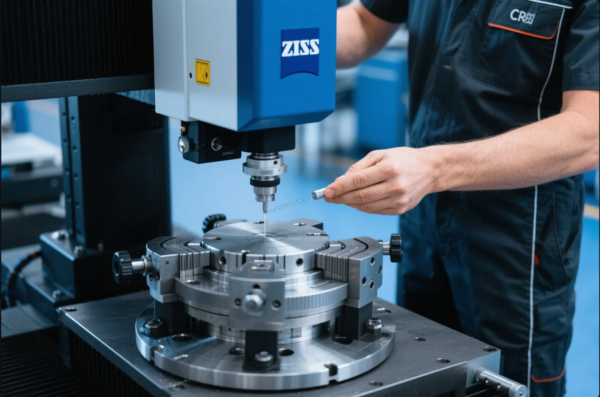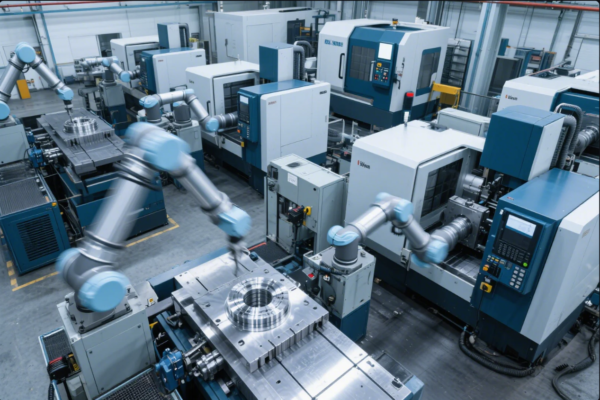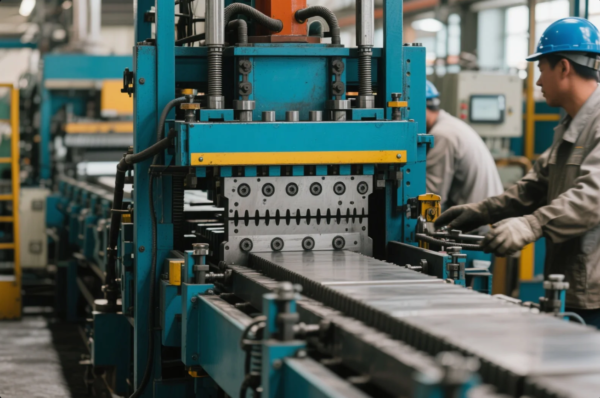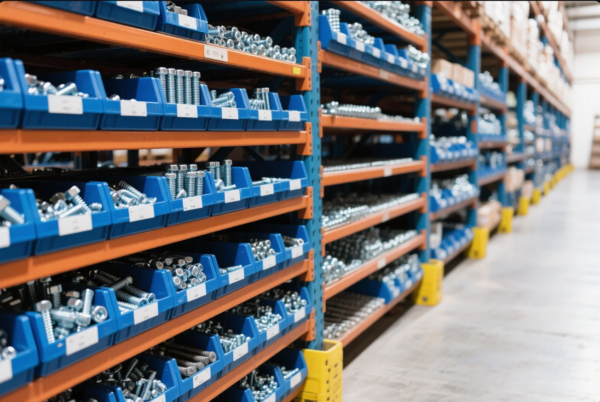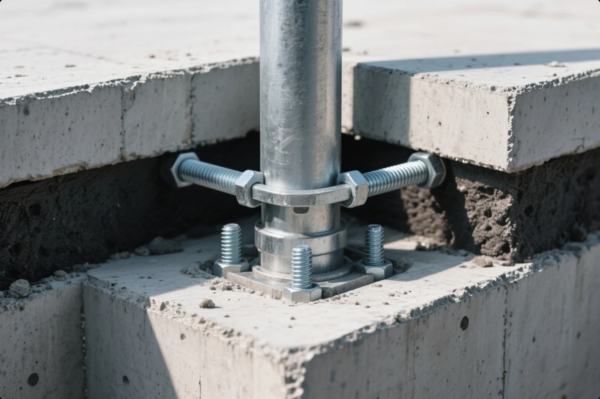What are the main structural components?
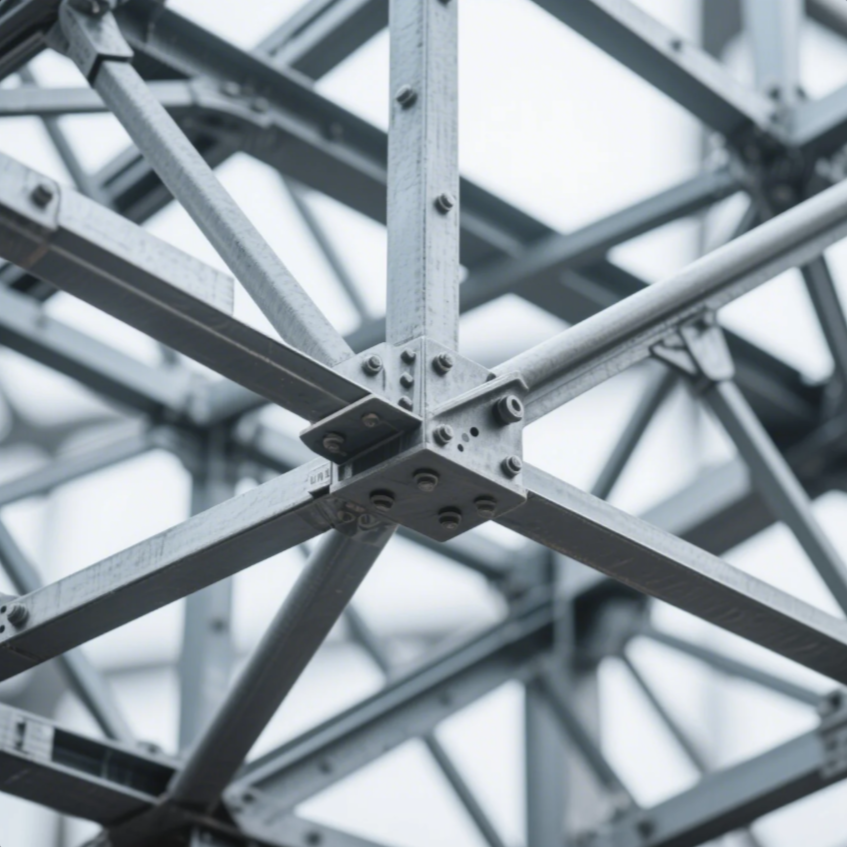
Structural components play a key role in maintaining the strength, stability, and safety of a structure or system. In industries ranging from construction to manufacturing, understanding these components is essential for building and designing safe, durable products. Let’s break down the main structural components and explore their roles in different applications.
Snippet paragraph:
Main structural components provide critical support, ensuring that structures and systems can bear loads and operate efficiently. Let’s take a deeper look at these key elements.
Transition paragraph:
Understanding the importance of structural components is the first step in choosing the right materials and parts for your projects.
What are the main structural components?

The main structural components are parts that support and maintain the integrity of a structure. These components work together to ensure that the system can handle various types of loads, from weight to external forces like wind or pressure. Key structural components include beams, columns, supports, and frames.
Snippet paragraph:
The main structural components include beams, columns, frames, and supports. These parts work together to ensure the stability of a structure.
Dive Deeper
In the context of construction, these components serve as the backbone of the entire building or infrastructure. For example, beams are used to support loads over a span, while columns provide vertical support for the structure. Frames are often used to provide the overall shape and structure of a building or vehicle.
Here’s a quick overview of these key structural components:
| Component | Function | Common Materials |
|---|---|---|
| Beams | Horizontal support to carry weight over a span | Steel, Aluminum, Concrete |
| Columns | Vertical support to hold up beams or floors | Concrete, Steel, Stone |
| Frames | Provide shape and structure to the entire system | Steel, Aluminum, Wood |
| Supports | Help hold up other components in machinery | Steel, Plastic, Concrete |
These components are often designed to meet specific performance and safety standards, depending on the industry. For example, in automotive manufacturing, the chassis frame provides structural integrity to the vehicle while in aerospace, the wings and fuselage are critical structural components.
What are the three main types of structural components?
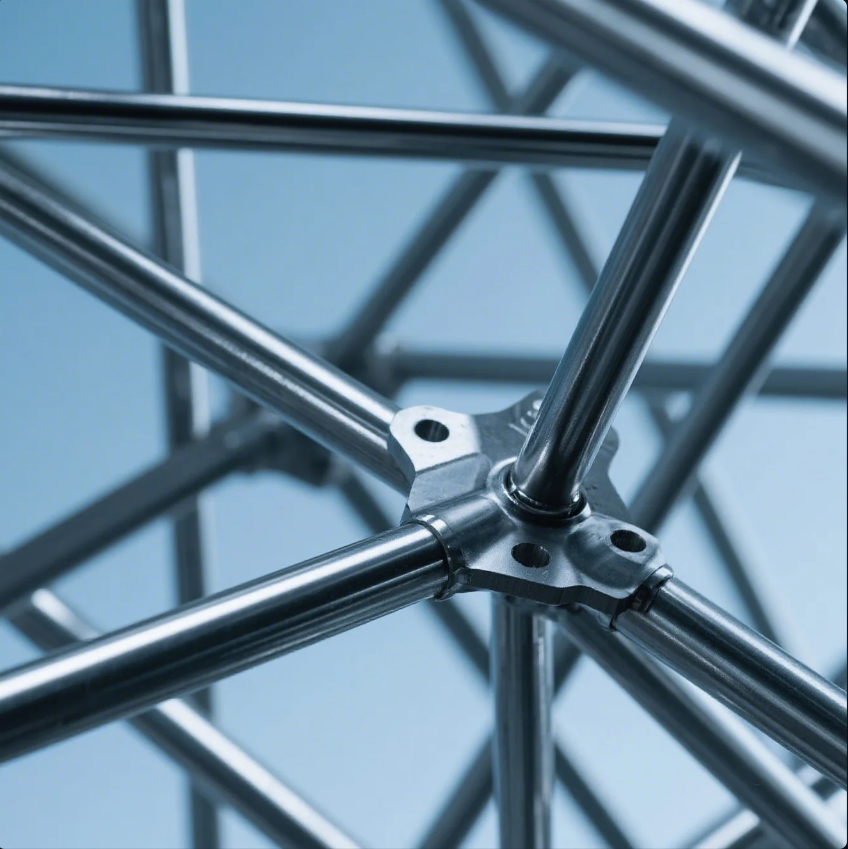
There are three primary types of structural components: load-bearing components, non-load-bearing components, and framing components. Understanding these categories helps clarify the role each part plays in a structure’s overall integrity.
Snippet paragraph:
The three main types of structural components are load-bearing, non-load-bearing, and framing components. Each plays a different but essential role in a system's stability.
Dive Deeper
-
Load-bearing components: These components are responsible for carrying the weight or forces placed on a structure. They include beams, columns, and supports, which are designed to withstand high loads without failing.
-
Non-load-bearing components: These parts do not bear any significant weight but are still crucial for the functionality or aesthetic of the structure. Examples include partitions, windows, and doors.
-
Framing components: These components give a structure its shape and provide the necessary framework for load-bearing parts. Frames are often made of steel or wood and provide the overall skeleton for buildings, vehicles, or machinery.
By understanding the different types of structural components, engineers can design systems that efficiently handle various stresses and forces while ensuring safety and longevity.
| Component Type | Role | Examples |
|---|---|---|
| Load-bearing | Carries weight or forces | Beams, Columns, Supports |
| Non-load-bearing | Does not carry significant weight | Windows, Doors, Partitions |
| Framing | Provides structural framework | Frames, Chassis, Skeletons |
Each of these components must be carefully selected and designed to meet the specific requirements of the system. At Prime, we manufacture high-quality structural parts like CNC components, casting parts, and stamping parts that adhere to international quality standards.
What are the main structural parts?
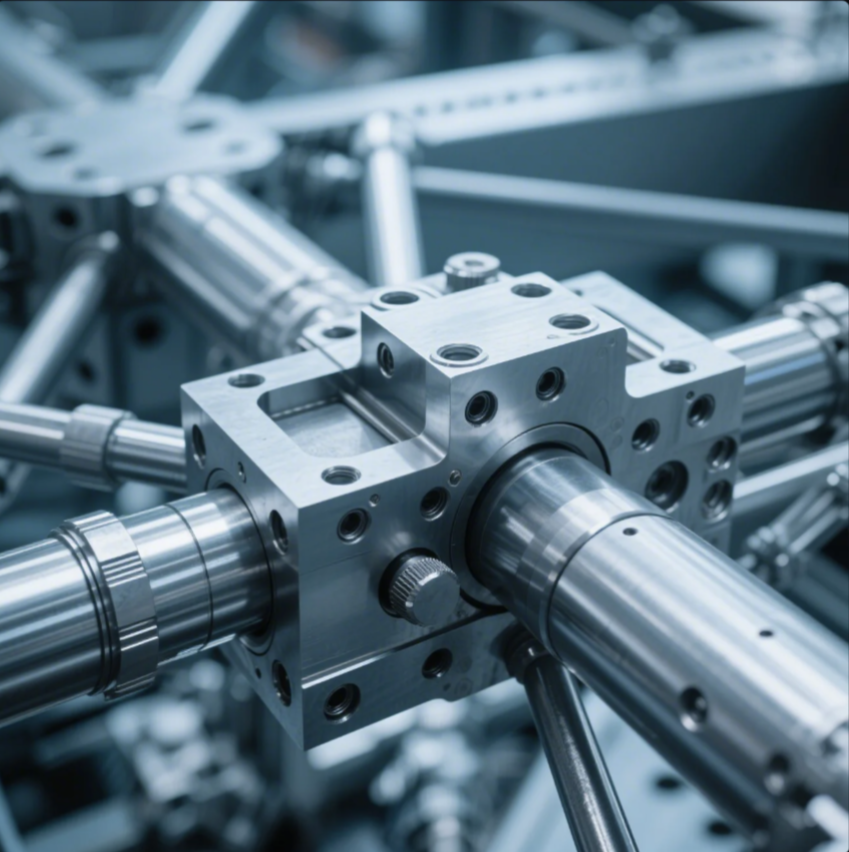
Main structural parts are the essential elements that support and form the backbone of any system. These parts ensure that the system can bear stress, handle external forces, and perform its function reliably. In manufacturing, these parts are often fabricated using strong metals or composite materials.
Snippet paragraph:
Main structural parts are essential for maintaining the integrity of a system. They include beams, frames, columns, and supports.
Dive Deeper
In construction, the main structural parts include:
- Beams: Horizontal components that carry weight over a span.
- Columns: Vertical elements that support beams and other components.
- Frames: Provide the overall shape and stability to the structure.
- Supports: Help bear the load of machinery or infrastructure.
In machinery or vehicles, structural parts such as chassis, supports, and frames ensure the system’s overall strength and reliability. For example, a car’s chassis is a key structural part that holds the vehicle’s components together and ensures its safety and performance.
To create these parts, manufacturers like Prime use high-precision methods such as stamping, CNC machining, and welding. With over 20 years of experience, we specialize in producing custom structural components for industries worldwide, ensuring top quality and quick delivery.
What are primary structural components?
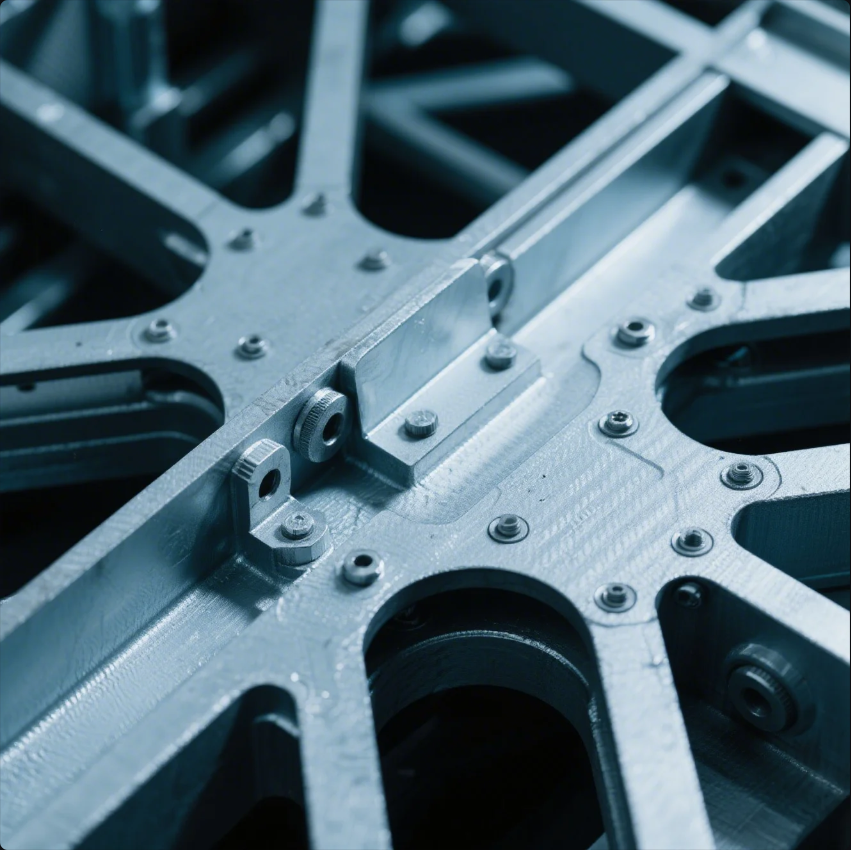
Primary structural components are the essential parts that provide the foundation and strength of a system. These components are critical to the system’s stability and must be carefully designed and manufactured to meet safety and performance standards.
Snippet paragraph:
Primary structural components are the core elements that provide the necessary support and stability to a system or structure.
Dive Deeper
Primary structural components include:
- Beams: Horizontal supports that bear loads.
- Columns: Vertical supports that hold up beams and floors.
- Frames: Provide the shape and structural integrity.
- Supports: Aid in holding up other critical components.
In addition, primary structural components must be made from high-strength materials like steel, aluminum, or reinforced concrete to ensure durability and reliability. Without these parts, the structure would fail to perform its intended function.
In manufacturing, companies like Prime ensure the production of primary structural parts that adhere to international ISO standards. Our commitment to quality and precision ensures that each structural part is crafted to withstand the demands of modern industries.
Conclusion
In summary, main structural components like beams, columns, and frames are vital for maintaining the strength and stability of a structure. Understanding the types and roles of these components helps in designing safe, efficient, and durable systems. By choosing a trusted supplier like Prime, you ensure high-quality, reliable parts for your projects.

